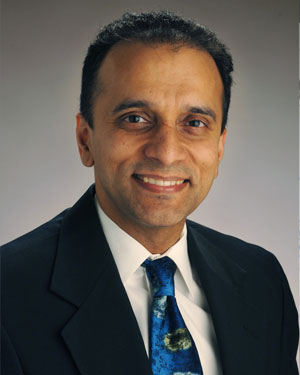Patients With Eosinophilic Esophagitis Need Long-Term Treatment
Although it is known that eosinophilic esophagitis (EoE) is a chronic disease and recurs if treatment is discontinued, the rates of recurrence and the impact of initial therapy on recurrence rates are not clear.
At the conclusion of the initial randomized controlled trial comparing oral viscous budesonide (OVB) to fluticasone (F; given from a multidose inhaler), patients who had a histologic response (<15 eosinophils/high-power field) entered an observation period, during which treatment was discontinued and symptoms were monitored. Patients underwent endoscopy at the time of either symptom recurrence or at 1 year. Within a year of discontinuing EoE therapy (average, 244 days), 57% of patients (33/58) had symptom recurrence, with 78% of these patients also having a histologic relapse. All patients also had a significant increase in mean dysphagia (3.8 vs 8.7; P<.001) and endoscopic (1.3 vs 4.6; P<.001) scores. The type of initial therapy (OVB vs F) had no difference on symptom recurrence (hazard ratio, 1.04; 95% confidence interval, 0.52-2.08).
Comment:
Maintenance therapy appears to be essential in the management of patients with EoE. After initial response to either budesonide or fluticasone, if therapy is discontinued, symptomatic relapse is seen in up to 60% of patients. Histologic, dysphagia, and endoscopic scores worsen in these patients without maintenance treatment.

Prateek Sharma, MD, FASGE
Citation(s):
Dellon ES, Woosley JT, Arrington A, et al. Rapid recurrence of eosinophilic esophagitis activity after successful treatment in the observation phase of a randomized, double-blind, double-dummy trial. Clin Gastroenterol Hepatol 2019 Sep 6. (Epub ahead of print) (https://doi.org/10.1016/j.cgh.2019.08.050)
